Oct 28, 2025 10:47 AM
In Memoriam: Jack DeJohnette, 1942–2025
Jack DeJohnette, a bold and resourceful drummer and NEA Jazz Master who forged a unique vocabulary on the kit over his…
Tenor saxophonist Johnny Griffin, whose large Chicago tenor sound and diminutive stature gave him the nickname “Little Giant,” died Friday, according to his agent, Helene Manfredi. The cause of death was unknown. He was 80.
Griffin was scheduled to perform with organist Rhoda Scott, saxophonist Olivier Temime and drummer Julie Saury. He died at home in Mauprevoir, the French village where he lived for the past 18 years.
When Griffin studied at Chicago’s Du Sable High School, the famous band director Capt. Walter Dyett told the diminutive musician he had to play alto saxophone because he was too small to play tenor. When Griffin got his first big call—to play with band leader Lionel Hampton, in 1945—he brought his alto. Little did he know he was taking the tenor saxophone chair, and, not only that, his dueling partner in the band was the enormous “Texas tenor” Arnett Cobb.
Perhaps it was this early, competitive cauldron that sparked Griffin to become a competitive, racehorse improviser; whatever it was, Griffin soon earned the nickname, “fastest tenor in the West.”
Griffin was born April 24, 1928, in Chicago, and began studying clarinet in 1941. After his stint with Hamp, he worked on the East Coast with an r&b band led by Joe Morris, and with a variety of other players, including both of the drumming Joneses—Philly Joe and Jo—Percy Heath and Gene Ramey. He also hung out extensively with Thelonious Monk and Bud Powell during this period, absorbing their musical ideas. In 1957, after a a stretch in the Army, Griffin joined Art Blakey and the Jazz Messengers, then replaced John Coltrane in Monk’s group in 1958. For two years, he led a “tough tenors” quintet with Eddie “Lockjaw” Davis. In 1963 Griffin moved to Europe, settling first in Paris, then the Netherlands and finally in Southern France. In Paris, Griffin performed at the Blue Note with other expatriates, including Bud Powell and Kenny Clarke; and from 1967-‘69 he was a soloist in the Clarke-Boland Big Band.
One of the last surviving artists who appears on the famous “Great Day In Harlem” photo, Griffin attacked standards, particularly war-horses such as “All the Things You Are” with ferocious strings of ideas. He had a warm, round, personal and well-seasoned sound. In his later years, he became as accomplished on ballads as uptempo numbers.
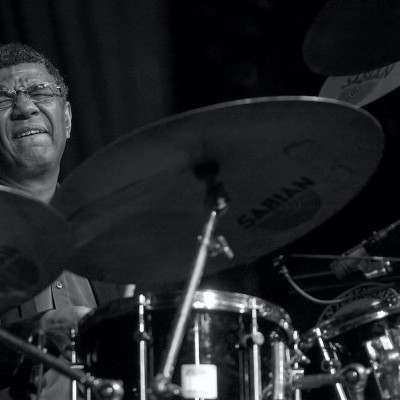
Jack DeJohnette boasted a musical resume that was as long as it was fearsome.
Oct 28, 2025 10:47 AM
Jack DeJohnette, a bold and resourceful drummer and NEA Jazz Master who forged a unique vocabulary on the kit over his…
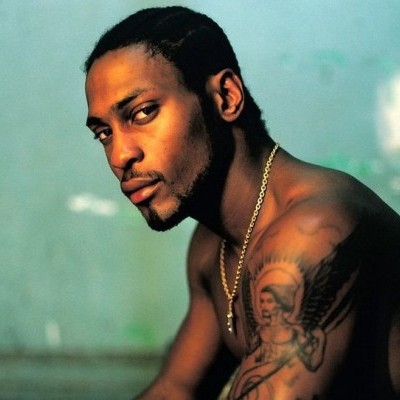
D’Angelo achieved commercial and critical success experimenting with a fusion of jazz, funk, soul, R&B and hip-hop.
Oct 14, 2025 1:47 PM
D’Angelo, a Grammy-winning R&B and neo-soul singer, guitarist and pianist who exerted a profound influence on 21st…
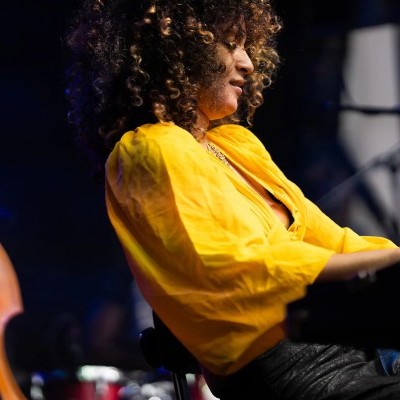
Kandace Springs channeled Shirley Horn’s deliberate phrasing and sublime self-accompaniment during her set at this year’s Pittsburgh International Jazz Festival.
Sep 30, 2025 12:28 PM
Janis Burley, the Pittsburgh International Jazz Festival’s founder and artistic director, did not, as might be…
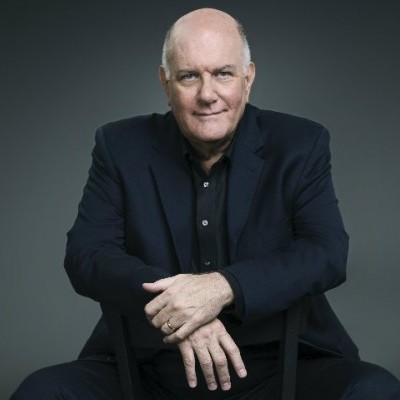
Jim McNeely’s singular body of work had a profound and lasting influence on many of today’s top jazz composers in the U.S. and in Europe.
Oct 7, 2025 3:40 PM
Pianist Jim McNeely, one of the most distinguished large ensemble jazz composers of his generation, died Sept. 26 at…
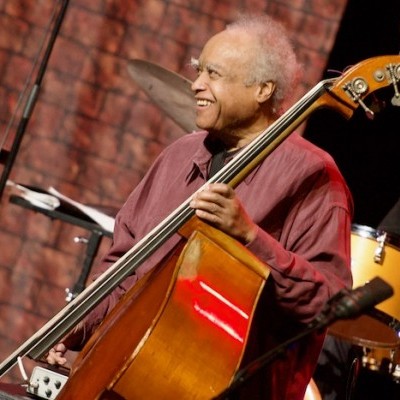
Drummond was cherished by generations of mainstream jazz listeners and bandleaders for his authoritative tonal presence, a defining quality of his style most apparent when he played his instrument unamplified.
Nov 4, 2025 11:39 AM
Ray Drummond, a first-call bassist who appeared on hundreds of albums as a sideman for some of the top names in jazz…